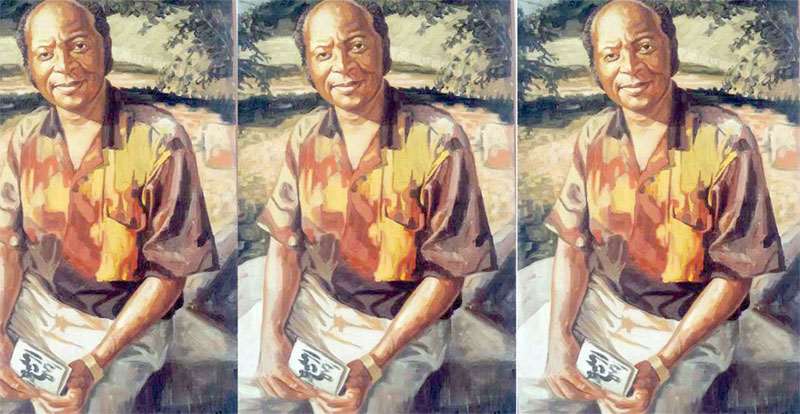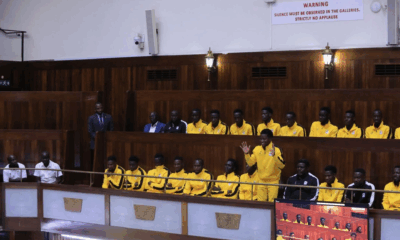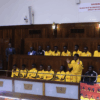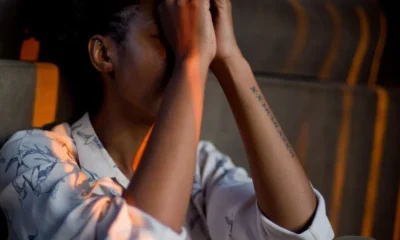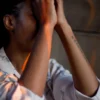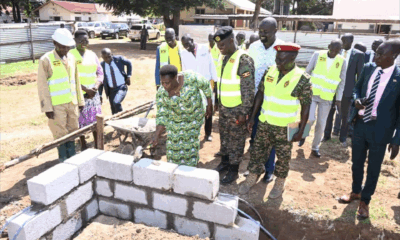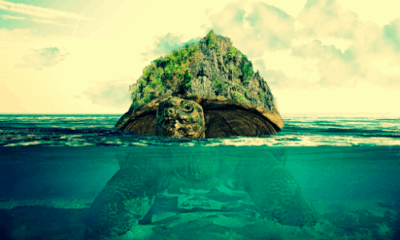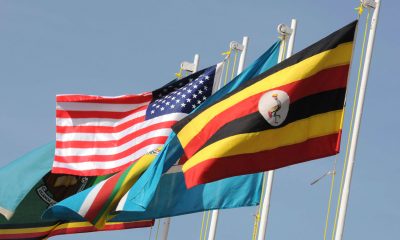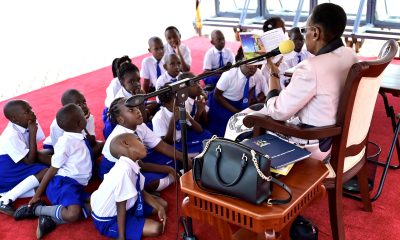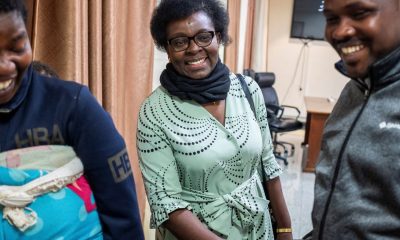News
Pilkington Nsibambi Sengendo (1942 – 2015); A sophisticated traditionalist and dedicated visual artist
An extraordinary art exhibition of original works of art and prints by Prof. Pilkington Nsibambi Sengendo Ph D (Rip) opened this week at the NOMMO Gallery in Kampala, 2016.
While officially opening his younger brother’s art exhibition former Uganda’s Prime Minister Prof. Apollo Robin Nsibambi, said that the exhibition had two purposes: “To celebrate the life of Prof. Sengendo as an eminent artist and to raise funds for his family”
He described his late brother as gracious, harmonious and argumentative. Prof. Nsibambi on behalf of the family thanked the widow Robinah for looking after her husband deligently especially when he became blind.
My decision to return to Uganda in 1989 after living in Nairobi, Kenya for twelve years was met with skepticism by whoever I shared it with. Most considered it a crazy thing to do especially those who knew of my passion for art practice.
Many believed Ugandans didn’t appreciate art and therefore I would end up abandoning it after investing in it so heavily. To the extent of becoming a household name in the field within the Great Lakes region and beyond.
Having listened to their concerns and then mulling over it for a while I came to a conclusion that the very reason they were advancing to deter me from relocating was the same reason that I should actually come back to my homeland, aptly described as ‘The land of friendly people’.
If Ugandans didn’t appreciate art, whose duty was it to make them change their attitude? Was I to wait for others to create the awareness and effect behavioural change then I come and reap where I didn’t sow? Certainly not. I decided to take the plunge and returned to Uganda with my young family at the beginning of 1990.
On return I hit the ground running and embarked on creating more awareness about art practice and appreciation through mass media interviews, exhibitions and personal contacts.
Among the initial personal contacts I made was Pilkington Nsibambi Sengendo (Rip) an accomplished art academician and practitioner. An amiable individual who warmly welcomed me to his office, which he occupied as the Dean of Margaret School of Fine Art, Makerere University Kampala.
He later invited me to his apartment and introduced me to his first lovely wife (Rip), whom he greatly and openly admired and appreciated for embracing him and his art. Sharing limited space with an artist can be very challenging to put it mildly.
PN Sengendo fondly called Pilly by his peers was a very social man and receptive to new ideas beyond academia especially in the field of art.
During our several interactions I suggested to him a group art exhibition, which would include formally trained artists from Makerere University, Kayambogo University and the informally taught to try to create a base for a wholesome art community. I also suggested to him the need to open our studios/galleries to the world.
He embraced both proposals favourably and in 1991, we held a group exhibition titled ‘ARTIST-7’ that included him, Yusuf Lwanyaga Musoke (Rip), who pioneered painting on bark cloth, George Kyeyune, William Kavuma, Cotilda Nakate Kikomeko and myself at the newly renovated Uganda Museum.
It was officially opened by the then Vice President HE Dr Samson B Kisekka. Among other dignitaries who attended was the then US Ambassador to Uganda HE John Burroughs and his wife Audry who was also the chair of Women International Maternity Assistance (WIMA), who were the co-sponsors of the exhibition together with the United States Information Services (USIS) headed then by Dudley Sims.
In this exhibition Sengendo exhibited high calibre mature and audacious artistry. One of his outstanding pieces was the portrayal of the Kasubi Royal Tombs with its exterior grandeur, albeit in his personal and individual style of heavy and thick brush strokes, of well mixed and blending colours with white bold outlines.
It was one of the very first pieces sold, to the surprise of Sengendo who was not sure of anyone falling in love with his unusual experimental style he was still exploring, let alone parting with the cash to acquire it.
He was a traditionalist with a touch of sophistication. This can be traced in his works of art as well as his students who chose to emulate him. Towards the end of his career as an educationist he elected to explore the bark cloth as a surface on which he painted creative works that are bound to carry on his legacy.
As Dean of the School of Fine Art as it was then popularly known he opened doors to the public at the end of every academic year to view and acquire examined works of finalists.
It was an opportunity for the exiting students to sample the public’s reception of their works before finally plunging into the fray. It was also a good opportunity for the art collector to access works by new entrants into the market. The general public too had a chance to consume art in a less intimidating atmosphere spaces than in five star hotels.
It was a brilliant and popular programme when it lasted. Had it continued it would most likely have generated more interest in the practice and appreciation of visual arts so much so that a critical mass of art practitioners and collectors would have been created by now.
However, it is not too late because the same can be revisited by those at the helm today.
We had a lot in common with Sengendo the artist because he was a Rotarian like me and also enjoyed other forms of the arts including music, especially the Afrigo Band where his first cousins; James Wasula is a director and Moses Matovu the band leader.
It is gratifying to note that before he exited the world stage he had reached the pinnacle of his artistic career. He was awarded an associate professorship before he retired and went on to successfully complete his doctoral studies while in retirement.
Professor Dr Pilkington Nsibambi Sengendo loved what he did and did what he loved. The art community greatly benefitted from his contribution and continues to do so. May his soul rest in eternal peace.
Comments



